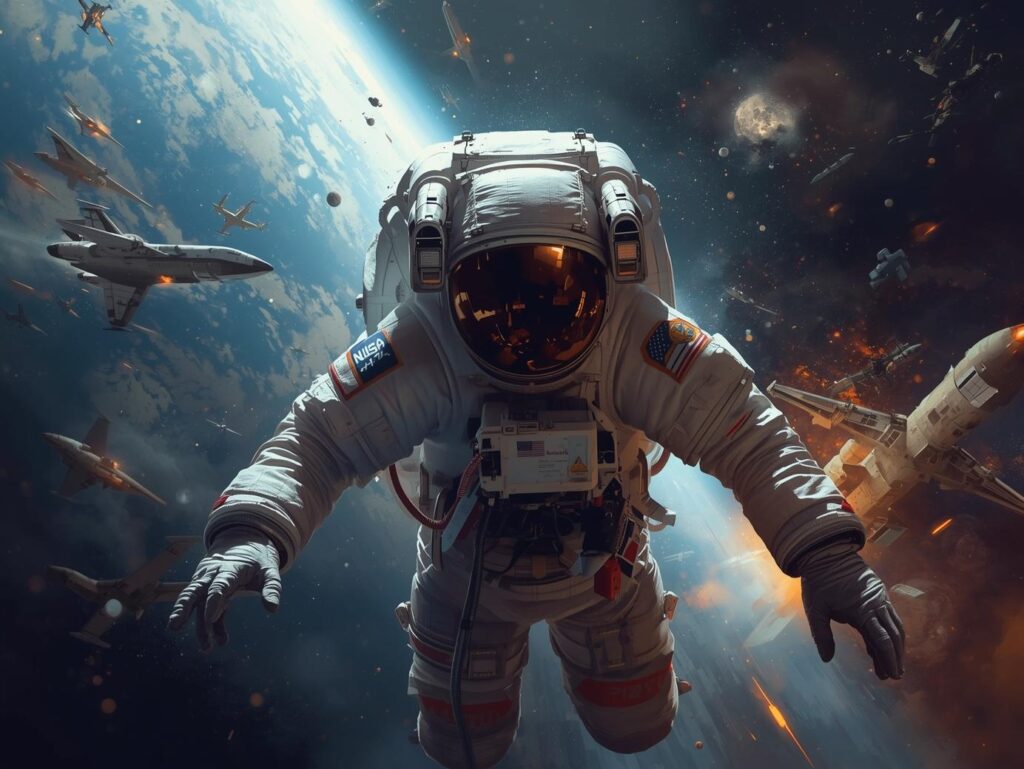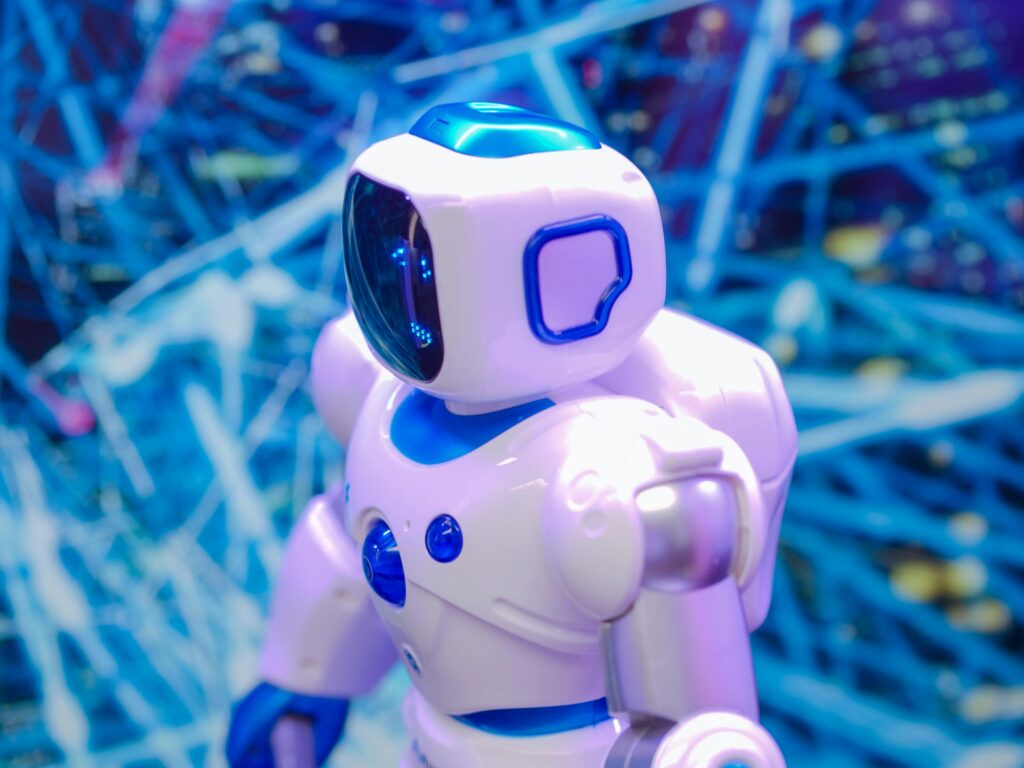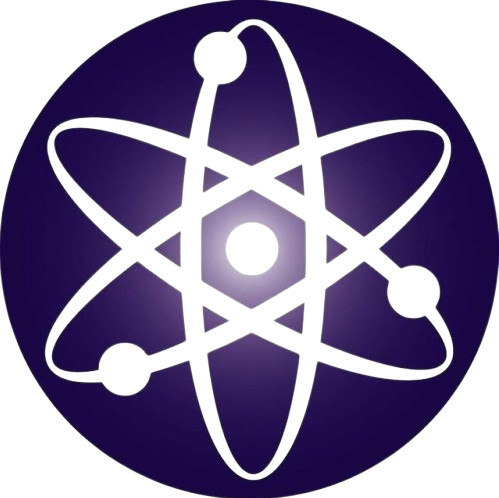We always think, what is a big tool for science? Imagine you’re in a science lab, surrounded by cool gadgets like microscopes, telescopes, and test tubes. These tools help scientists see tiny cells, faraway stars, or mix chemicals to make new things. Now, picture a new kind of tool that’s not made of glass or metal—it’s made of computer code and smart thinking. That’s Artificial Intelligence, or AI for short.
AI is like a super-smart helper that can think, learn, and solve problems. First, what exactly is a scientific instrument? It’s any device or method that helps scientists collect data, test ideas, or discover new facts about the world. Think of a thermometer that measures heat or a compass that points north. These tools have changed over time.
Long ago, people used simple sticks to measure shadows for time. Then came fancy machines like electron microscopes that show atoms. Now, AI is stepping up as the newest tool. Why? Because it can handle huge amounts of information super fast, spot patterns humans might miss, and even predict what might happen next.
How AI is a big tool for Science
AI works by learning from examples, kind of like how you learn to ride a bike by practicing. Computers get fed tons of data, and they figure out rules on their own. For example, if you show an AI thousands of pictures of cats, it learns what a cat looks like—furry, whiskers, tail—and can spot one in a new photo. In science, this learning power is a game-changer. Scientists deal with mountains of data from experiments, space probes, or ocean sensors. A human might take weeks to sort through it, but AI can do it in minutes.
Let’s start with space science, or astronomy. Telescopes have been key instruments for looking at stars and planets. But today, AI makes them even better. Take the Hubble Space Telescope—it’s sent back millions of images. Sorting them by hand would be impossible. AI steps in like a smart sorter. It can scan photos and find weird shapes, like new galaxies or black holes.

For instance, scientists used AI to study pictures from a telescope called Kepler. It found planets outside our solar system that humans overlooked. AI noticed tiny dips in starlight, which means a planet is passing in front. That’s like finding a needle in a haystack, but AI does it easily.
Not just finding things—AI helps predict space events too. Comets zoom by, asteroids might hit Earth. AI looks at old paths and guesses future ones. NASA’s using AI to track space junk, those old satellite pieces floating around. It warns if something might crash into a spaceship. Imagine being an astronaut—AI could save your life by saying, “Hey, dodge that way!” So, in astronomy, AI is like a super telescope that not only sees but thinks about what it sees.
Now, let’s jump to biology, the study of living things. Microscopes let us see cells and germs. But AI takes it further. In labs, scientists sequence DNA, which is like reading the code of life. A human genome has billions of letters—A, T, C, G. Reading it all? Tough. AI reads it fast and finds mistakes that cause diseases. For example, in cancer research, AI looks at tumor scans. It spots cancer cells better than some doctors. One program called AlphaFold uses AI to guess how proteins fold up. Proteins are tiny machines in our bodies. Knowing their shape helps make new medicines. Before AI, figuring that out took years. Now, it’s days. That’s huge for curing sicknesses like Alzheimer’s.
AI also helps with animals and plants. Ecologists study forests or oceans. They use cameras to watch wildlife. AI watches the videos and counts animals, like elephants in Africa. It even tells if an animal is sick by how it moves. During the pandemic, AI helped track virus spread. It looked at phone data (without spying on people) to see where crowds gathered. Scientists used that to predict outbreaks. So, AI is like a microscope that zooms out to see the whole ecosystem.
Medicine is another field where AI shines. Doctors use stethoscopes and X-rays as tools. AI adds brainpower. In hospitals, AI reads X-rays for broken bones or lung problems. It’s often as good as experts and never gets tired. For surgery, robots guided by AI make tiny cuts, so patients heal faster. Think of it like a video game—AI helps the doctor aim perfectly.

One cool example is drug discovery. Making a new pill takes forever—testing thousands of chemicals. AI simulates how chemicals react in the body. It predicts winners without real tests, saving time and money. During COVID, AI helped design vaccines super quick. Companies like Moderna used AI to tweak the vaccine code. Without it, we might still be waiting.
Physics is all about forces, energy, and particles. Instruments like particle accelerators smash atoms to see inside. But the data is massive. At CERN, the big collider in Europe, AI sorts through collisions. It finds rare events, like the Higgs boson particle. AI even designs experiments. It suggests what settings to try next, like a smart coach.
In climate science, AI is a hero. Weather stations and satellites collect data on temperature, rain, and ice. AI models the whole Earth. It predicts storms or rising seas. For example, AI looks at ocean currents and guesses where hurricanes go. It helps farmers know when to plant crops by forecasting rain. With global warming, AI spots changes in ice caps from satellite photos. It tells us how fast they’re melting. Governments use this to plan for floods or droughts.
AI isn’t just for big labs—it’s for everyday science too. In schools, kids use AI apps to learn. Like, an app that teaches chemistry by simulating reactions on your phone. No messy explosions! Or biology apps that let you “dissect” a virtual frog. It’s safe and fun.
But wait, is AI perfect? Nope. It can make mistakes if the data is bad. Like, if you train AI on only pictures of white cats, it might not recognize black ones. Scientists must check AI’s work. Also, AI needs lots of electricity, which isn’t great for the environment. We’re working on greener AI.
Privacy is important too. In medicine, AI uses patient data. We have to keep it secret so no one hacks it. Rules are being made to use AI safely.
Looking ahead, AI could be even bigger. In quantum physics, where things are super tiny and weird, AI might solve puzzles we can’t. Or in space, AI robots could explore Mars alone, deciding where to dig. Imagine AI finding alien life!
AI teams up with other tools. Like, a drone with AI flies over volcanoes, measuring gases without risking lives. Or underwater robots mapping the ocean floor.
In materials science, AI designs new stuff. Want stronger steel or bendy screens? AI tests ideas in simulations. It found a new battery material that charges faster.
Even in social sciences, like studying history or people, AI helps. It reads old books fast, finding lost facts. Or analyzes surveys to understand trends.
So, why call AI the next science instrument? Because it extends our senses and brains. Old tools like rulers measure length. AI measures ideas, patterns, futures. It’s versatile—one AI can work in many fields. Cheap too—once built, anyone can use it online.
In the past, the microscope opened the tiny world. Telescope showed the vast universe. AI opens the data world. Data is everywhere now—from phones, sensors, experiments. AI makes sense of it.
For kids like you, this means exciting jobs ahead. Learn coding, math, science— you’ll build the next AI tools. Maybe you’ll use AI to cure diseases or save the planet.
In summary, AI is transforming science. From stars to cells, weather to medicine, it’s the helper we need. It’s not magic—just smart code. But it feels magical when it discovers new things. Science is about curiosity, and AI supercharges that. Who knows what we’ll find next?
